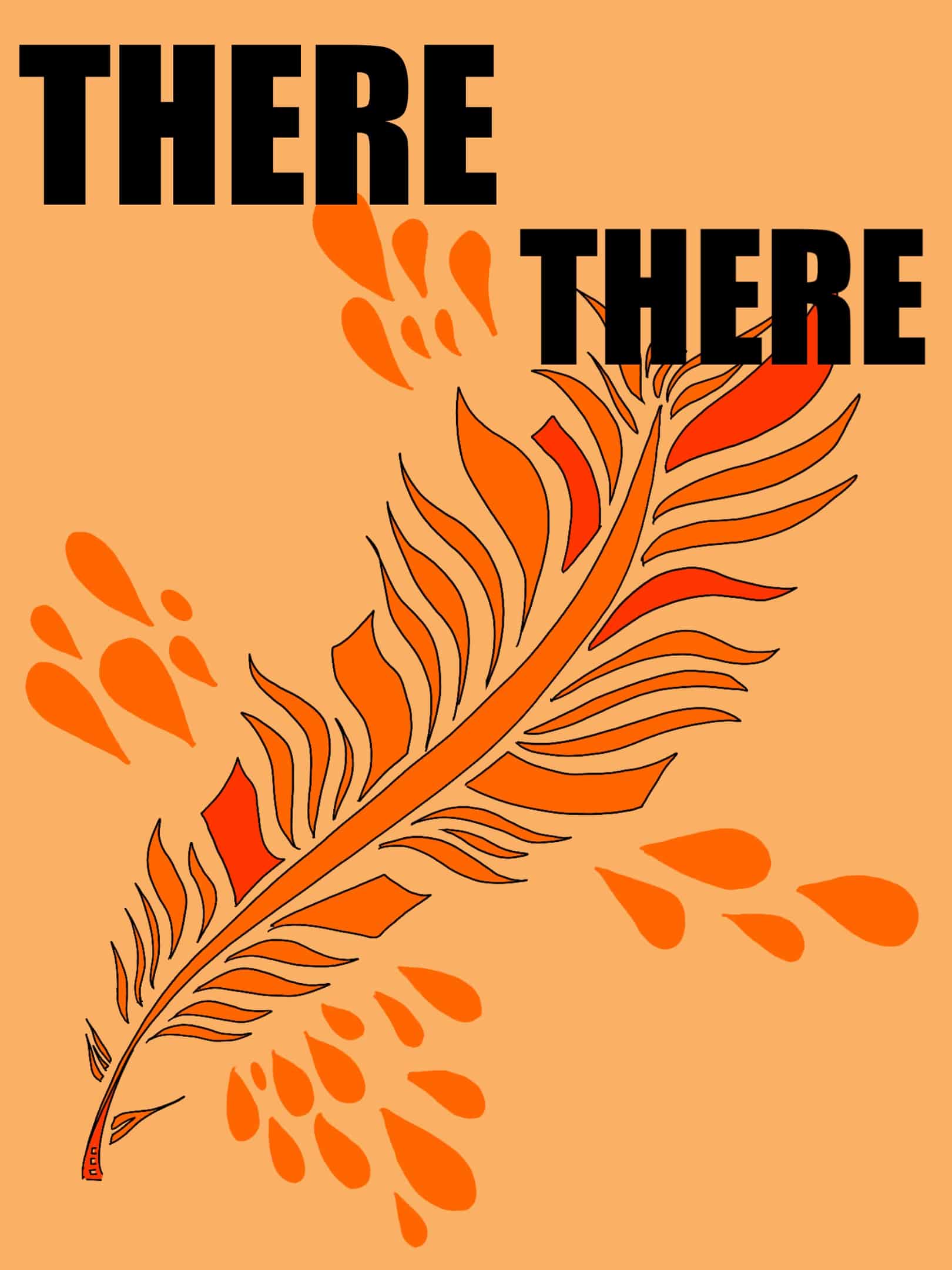There There by Tommy Orange: Fiction that feels real
“Stray bullets and consequences are landing on our unsuspecting bodies even now,” writes Tommy Orange in the epigraph following the prologue of There There, foreshadowing what readers soon learn from the novel: the bullets are not only literal but also metaphorical, as they symbolize the effects of European colonialism that continue to damage Indigenous lives in North America.
There There follows 12 characters as they struggle to understand who they are and what it means to be Indigenous in the 21st century when cultural identities are being rediscovered and when search itself has become a part of the contemporary Indigenous story. Orange masterfully introduces the novel with a prologue that forces readers to witness the ways in which Indigenous identities have been neglected throughout history. He later tells the stories of the current people that spend their lives searching, finding, and embracing that which has been neglected as they reconcile with the effects of generational trauma.
The opening essay connects Indigenous imagery with years of brutality. The “Indian head,” as the author puts it, is the focus of this essay and is just one of many symbols used to represent the abuse, trauma, and outright brutality that Indigenous Peoples endured and continue to endure. Orange uses the wrenching reality of the past to hurl readers into the present. With vivid descriptions and historical references, readers open the novel to a world they may not know existed—or at the very least, have not seen written in a way that only an author with Orange’s literary talent is capable of.
Each character in this novel is connected to one another through childhood experiences, familial relationships, or friendships, though they do not realize it. They are even further united through their individual quests to understand their cultural identities. Each character finds themselves at the Big Oakland Powwow by the end of the novel and struck by a tragedy that strips many of them from reclaiming their identities. These characters suffer the cyclical nature of trauma in a story that you will want to finish alone, in your room, with tissues.
Orange writes a dozen individual stories in one novel, uniting them all with ease. The stories do not feel artificial. The collection lives and breathes in details of everyday life, so much so that in the first sentence of “Part 1: Edwin Black,” the narrator starts with “I’m on the toilet.” Though a work of fiction, There There feels as real as any piece of creative non-fiction, probably because each of these characters exist in some capacity in the real world. Sure, they might vary in some way, but each one tells a version of the Indigenous experience.
Though this novel is interesting in plot alone, the author’s writing style, above all, is captivating and would impress any accomplished writing professor. It is a novel that one would expect to find on syllabi in writing classes, Indigenous studies classes, and sociology classes. Well-written, informative, and quite honestly heart-wrenching, There There is a novel that should be on everyone’s To Be Read lists.

